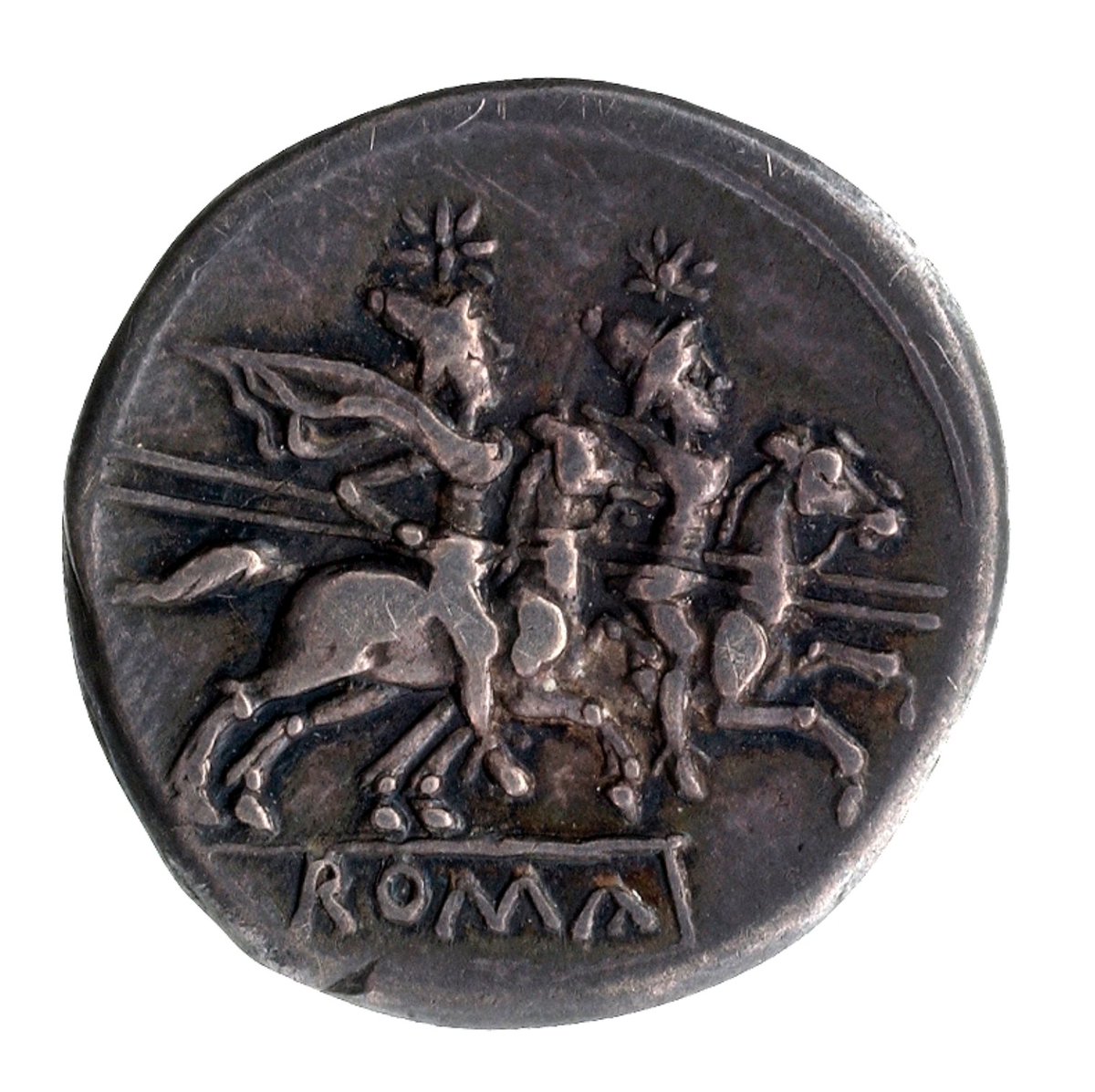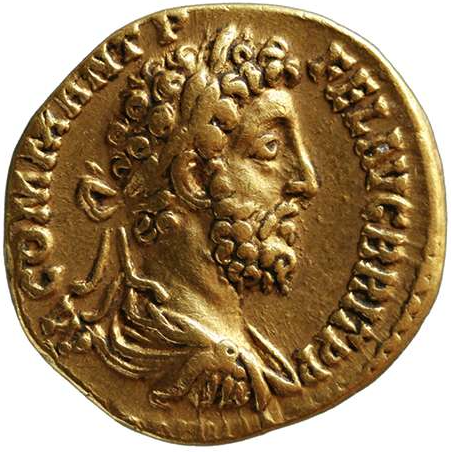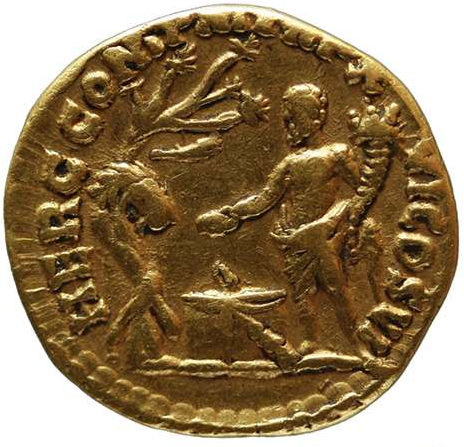
Ancient Coin of the Day: a quick one today, but as I've been a little lax with them of late, I feel the need. So, here's a lovely example of an early Roman denarius, ca. 211 BC. #ACOTD #Roman
Image: RRC 53/2; ANS 1937.158.571. Link - numismatics.org/crro/id/rrc-53…

Image: RRC 53/2; ANS 1937.158.571. Link - numismatics.org/crro/id/rrc-53…


Rome's introduction of its denarius coinage has been (an continues to be in some quarters) a topic of much debate, although the extensive study of Rudi Thomsen (1957-1961: 'Early Roman Coinage - A Study of the Chronology'; 3 vols.) was, in my opinion, definitive in...
establishing 211 BC as the 'terminus ante quem' for the introduction of the denarius. Originally issued at a value of 10 asses, carrying over the system of denominational marks from the pre-existing 'aes grave' monetary system.
The Obverse of the coin shows a helmeted bust of Roma, the divine personification of Rome, within a border of dots. The X mark behind her head is the denominational mark, confirming the value of the coin. 

The Reverse shows two riders upon galloping horses with lances outstretched, with ROMA in exergue. The stars above their heads assist in their identification as the Dioscuri, i.e. Castor and Pollux, who enjoyed an association as 'soteres' or saviours of the incipient Republic. 

This arose from the tradition that they had appeared at the Battle of Lake Regillus (ca. 496 BC), an intervention that had allowed the Roman republicans victory and prevented the return of Tarquinius Superbus and the restoration of the monarchy.
There were other issues and denominations, such as this so-called 'Victoriatus' - a three-quarter denarius by weight - from its Reverse design of Victory crowing a trophy, but production of this would cease ca. 170 BC.
Image: RRC 44/1. Link - numismatics.org/crro/id/rrc-44…

Image: RRC 44/1. Link - numismatics.org/crro/id/rrc-44…


The denarius, with its design of Roma and the Dioscuri, would persists largely unchanged throughout the 2nd Century BC, its spread and influence paralleling that of Rome itself.
For more on the Dioscuri on the denarius, see:
Richardson, J. H. “The Dioscuri and the Liberty of the Republic.” Latomus, vol. 72, no. 4, 2013, pp. 901–918.
jstor.org/stable/23800154
#ACOTD #Roman
Richardson, J. H. “The Dioscuri and the Liberty of the Republic.” Latomus, vol. 72, no. 4, 2013, pp. 901–918.
jstor.org/stable/23800154
#ACOTD #Roman
• • •
Missing some Tweet in this thread? You can try to
force a refresh











